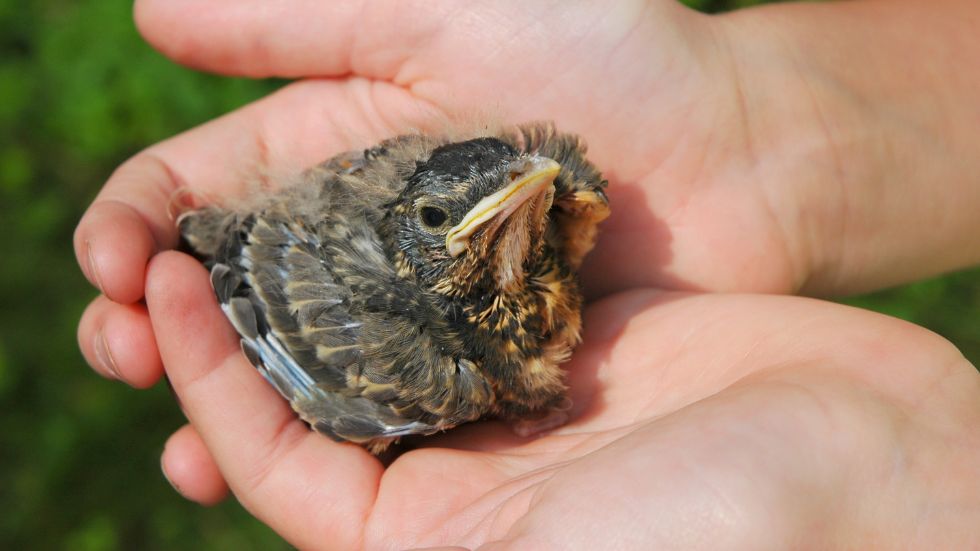As the weather warms up and nature flourishes, it’s not uncommon to encounter wildlife in need. At Guardian Animal Medical, we frequently see well-meaning individuals bring in baby animals and other wildlife that, in most cases, do not require intervention. While your concern is appreciated, understanding when to step in and when to leave wildlife alone can make a significant difference in their well-being.
Turtles are often found crossing roads, leading many to assume they need rescue. In reality, these reptiles are simply on a journey to find food, mates, or nesting sites. If you see a turtle in the road, the best action is to move it to the side it’s heading toward. Relocating turtles far from their home range can cause them to wander in search of familiar territory, increasing their risk of injury or spreading diseases.
Finding a baby bird on the ground can be alarming, but many of these young birds, known as branchers, are at a stage where they are learning to fly. They may spend time on the ground or in bushes as they develop their flight skills. If you come across a brancher, leave it be. If necessary, you can create an artificial nest using a butter container with drainage holes and place it high in a tree to help the parents reunite with their chick.
Baby rabbits (kits) are often left alone in their nests for extended periods, as their mothers typically feed them only once a day, usually around 2 AM. This strategy helps keep predators away. If you discover a nest, placing a milk crate over it can protect the kits from disturbance without interfering with the mother’s care.
Fawns are another common concern. These young deer are left alone for much of the day while their mothers forage. Unless a fawn is visibly distressed or crying, it is likely not abandoned. In fact, if you encounter a fawn and its mother has died, another doe will often adopt the orphan. Captivity is a last resort, as the chances of survival are much higher with a deer mom.
We recently had a call from a person who was hysterical because a deer was “trapped” in the bushes in her yard. It turned out the fawn was just sleeping. The person then began screaming again when it started to rain, worried the fawn would get wet. Yes, ma’am, this is what happens in the wild.
Many wild animals require specialized diets, and improper feeding can be fatal. For example, of the twelve fawns we’ve taken in this year, five have died within 48 hours due to diarrhea caused by unsuitable food. If you’re ever in doubt about what to feed a wild animal, provide fresh water and contact a wildlife rehabilitator for guidance.
While many situations do not require intervention, there are times when wildlife does need assistance. Birds of prey that can be caught, bats found during the day, and animals with obvious injuries or signs of illness should be reported to a wildlife rehabilitator immediately. Remember, it’s illegal to keep wild animals as pets without the proper permits.
Before you decide to take any wildlife from its natural habitat, please give us a call. We are here to help and can provide the necessary advice to ensure the best outcome for the animal. Your actions can have a profound impact on the health and survival of our local wildlife.
At Guardian Animal Medical, we rely on donations to provide care for the wildlife that truly needs our help. Financial contributions are greatly appreciated, but we also welcome donations of medical supplies. Home health or surgery supplies that are opened but unused can be invaluable to our efforts. Your support can make a significant difference in the lives of these animals.
By following these guidelines and supporting our work, you can help protect our wildlife and ensure they have the best chance of thriving in their natural environments. Thank you for your concern and willingness to assist—together, we can make a positive difference.
Dr. MJ Wixsom, DVM MS, is a dedicated veterinarian with extensive experience in wildlife rehabilitation and a passion for educating the public about the importance of wildlife conservation.

